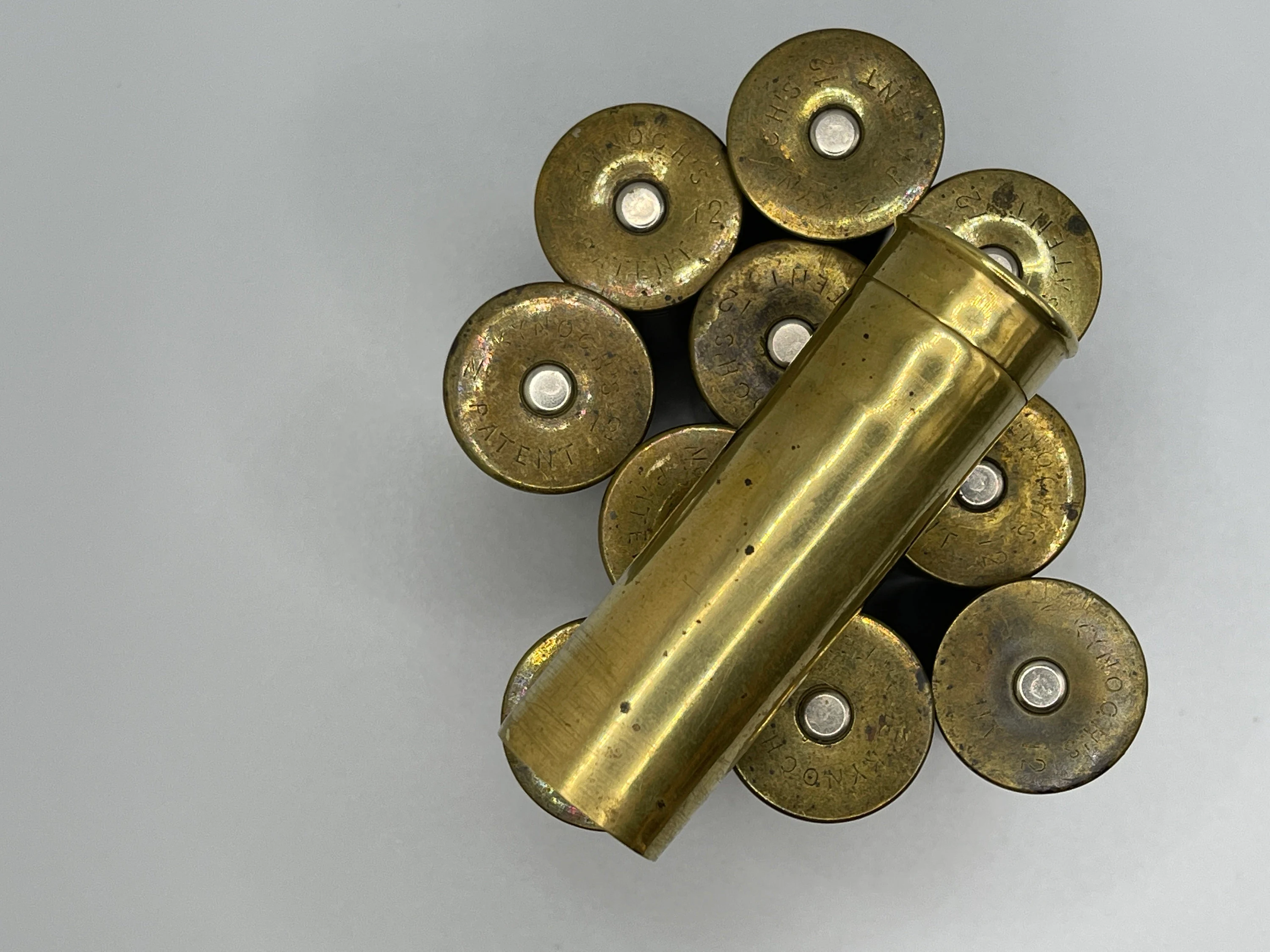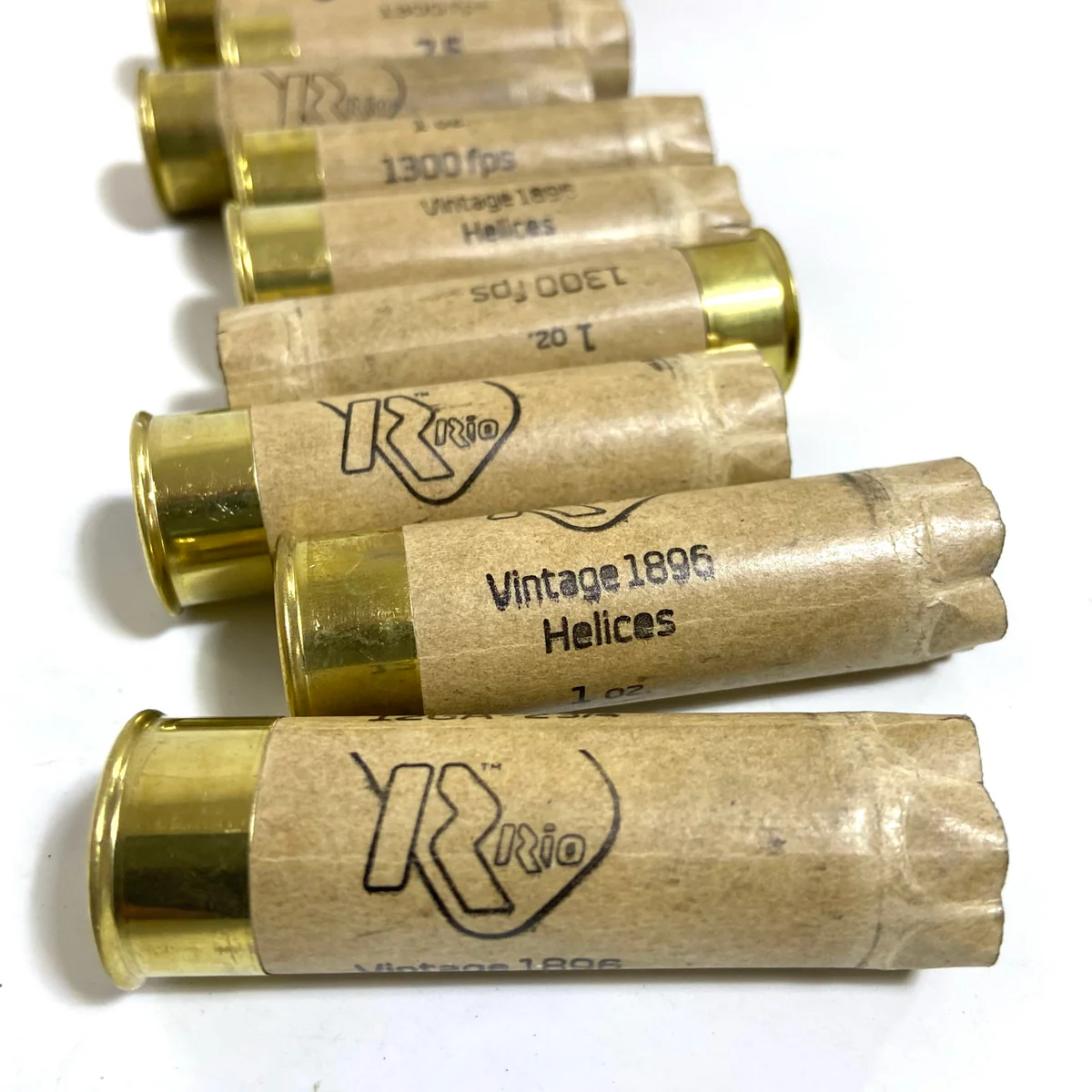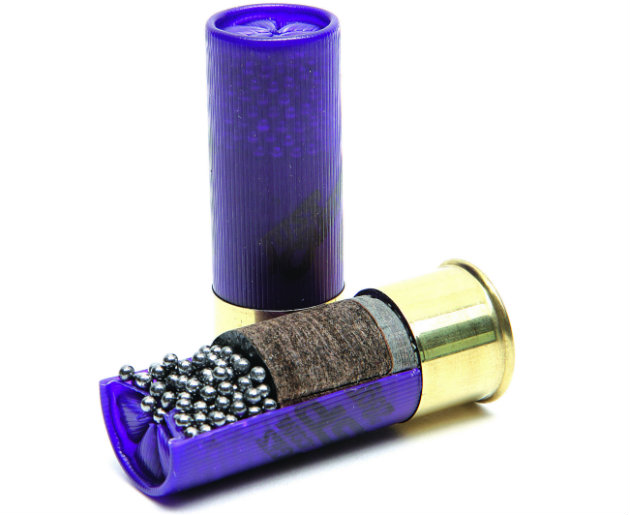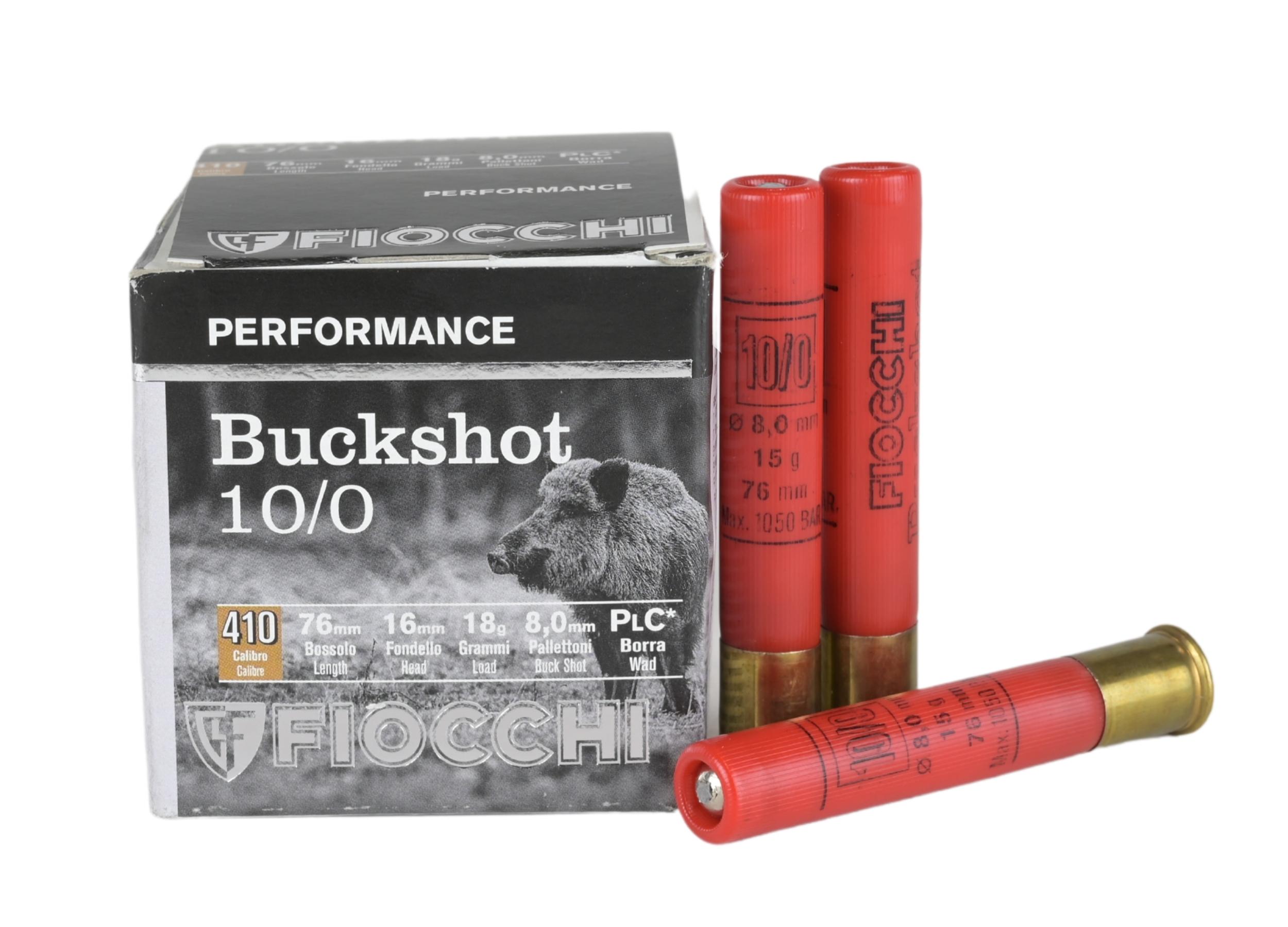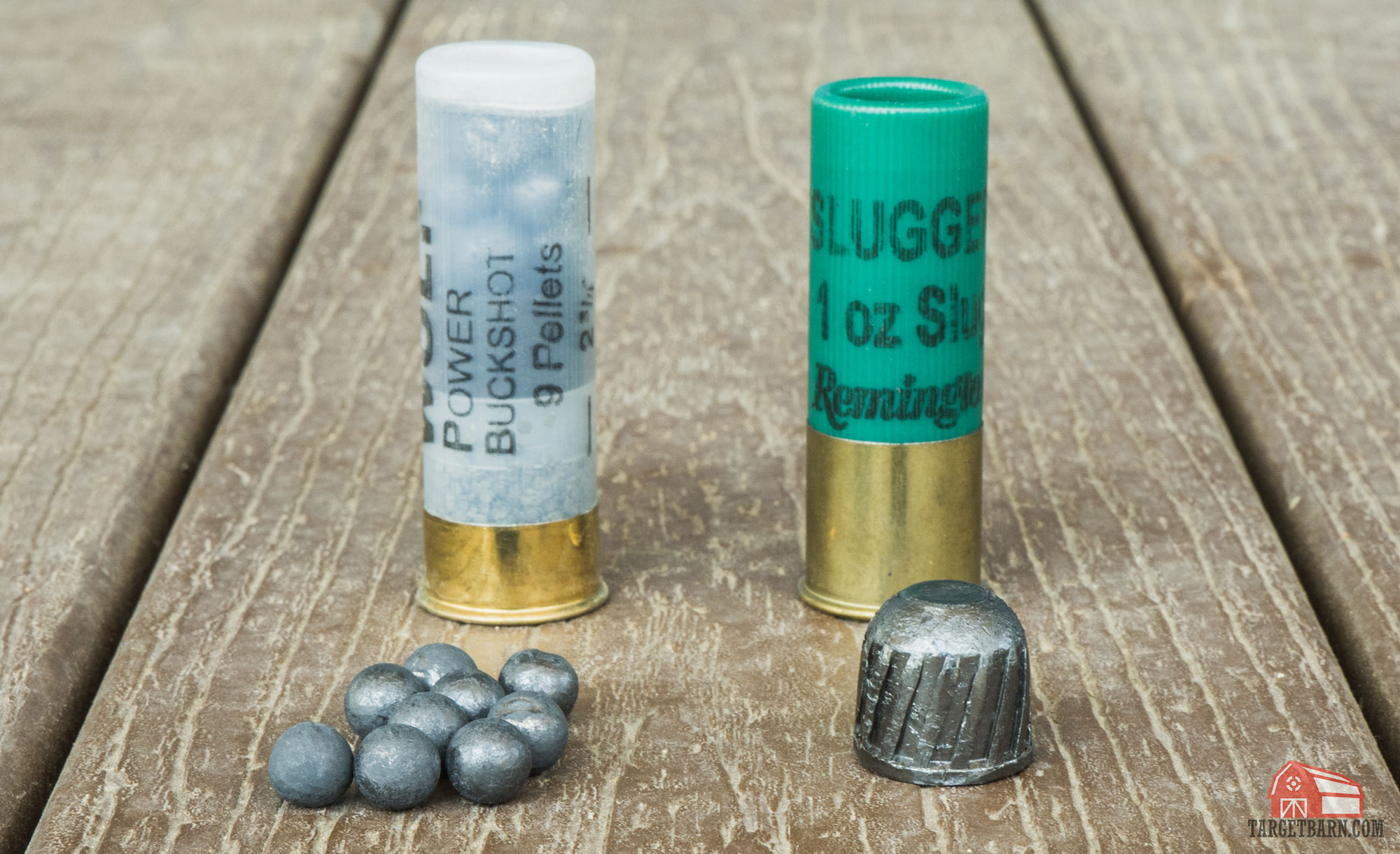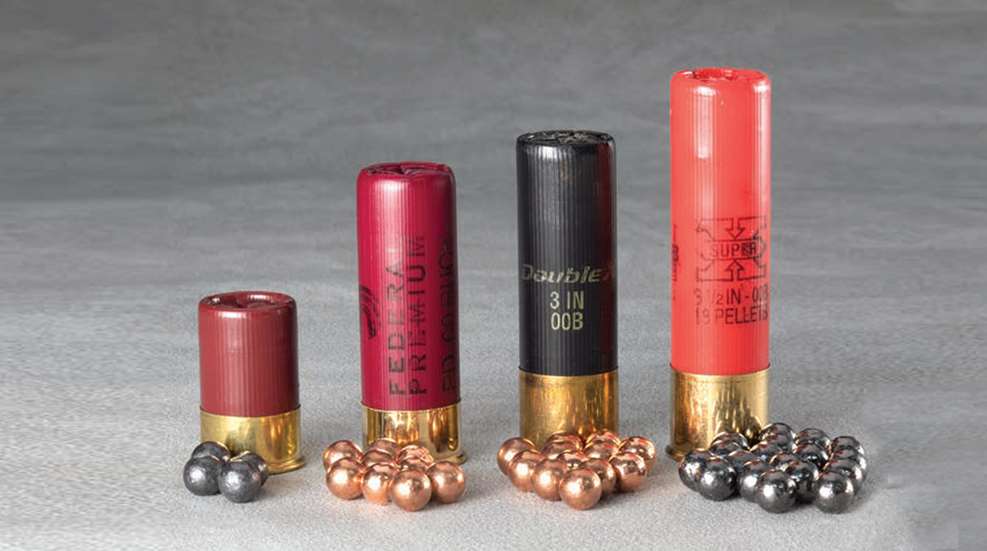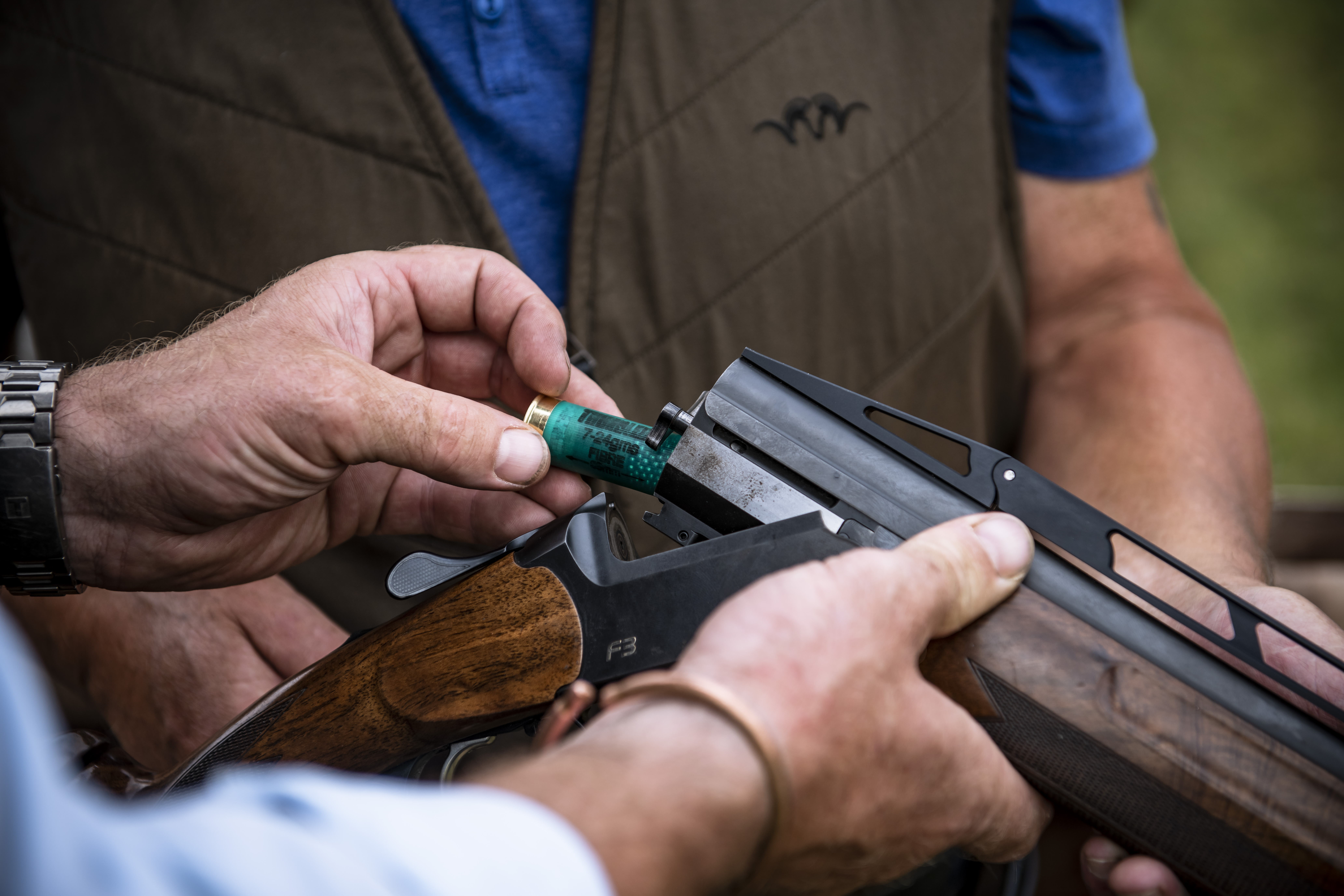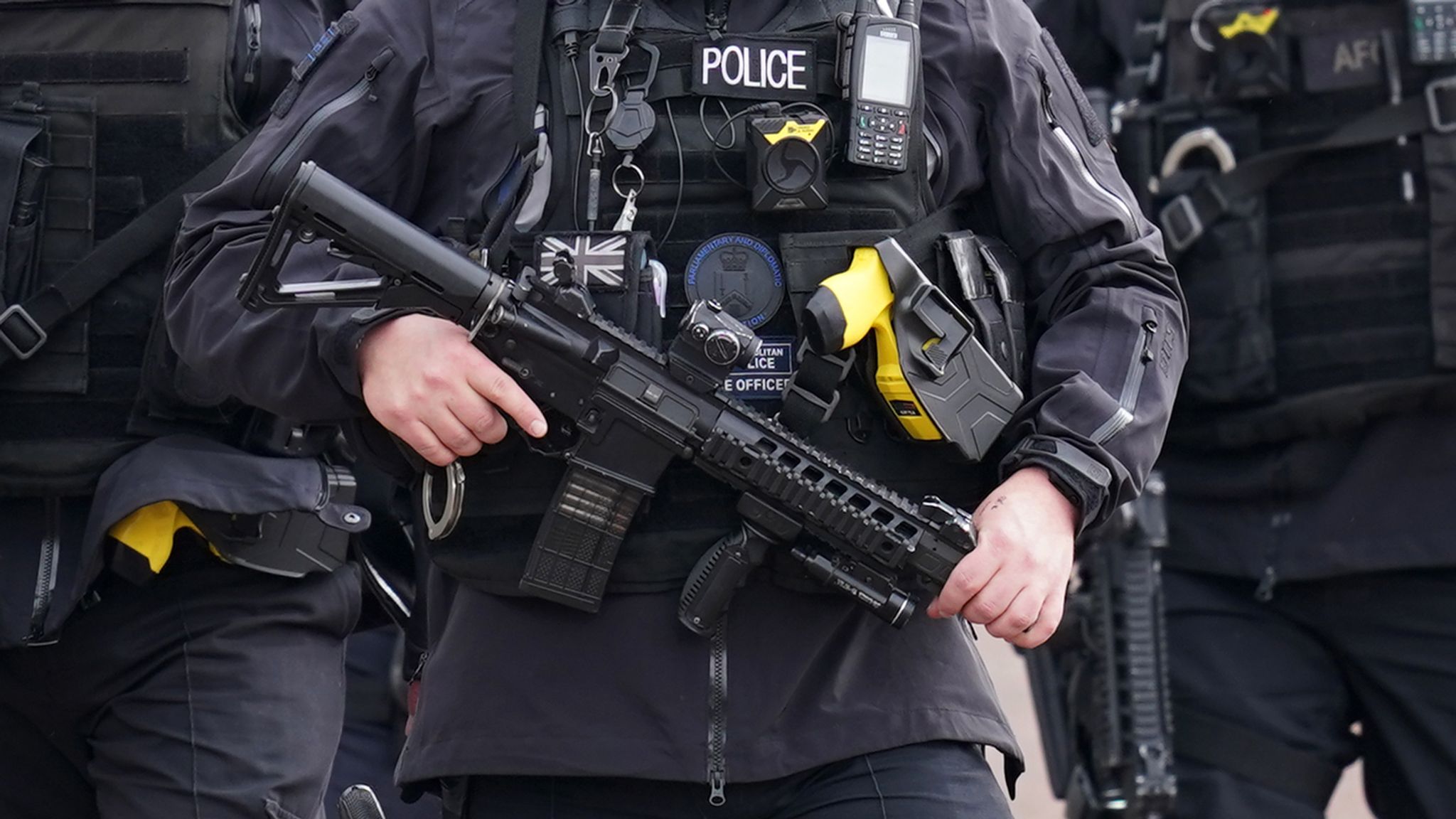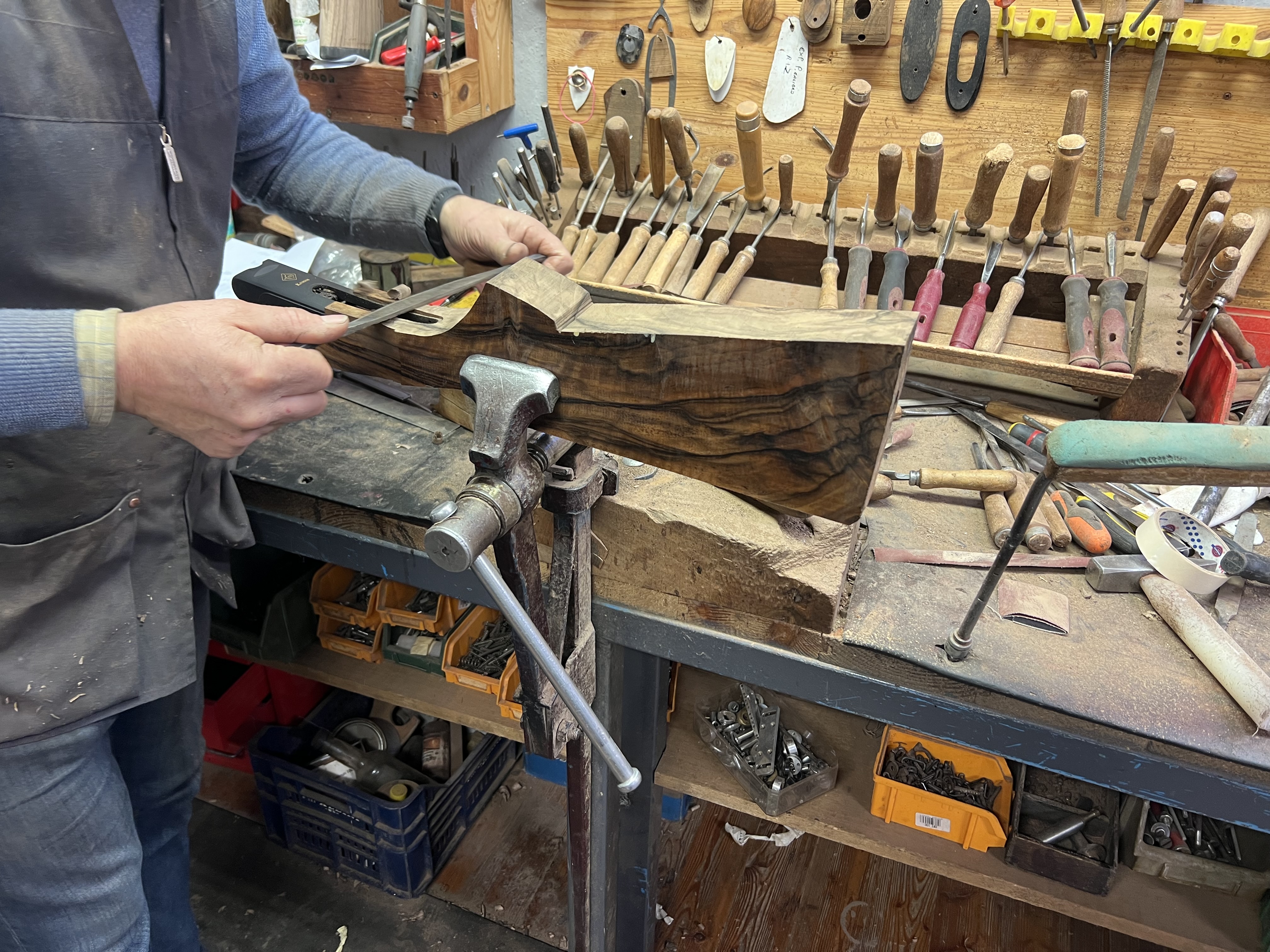Shotgun Cartridges - A brief History
-
Gun ownership
Cartridges
- 8 MIN READ
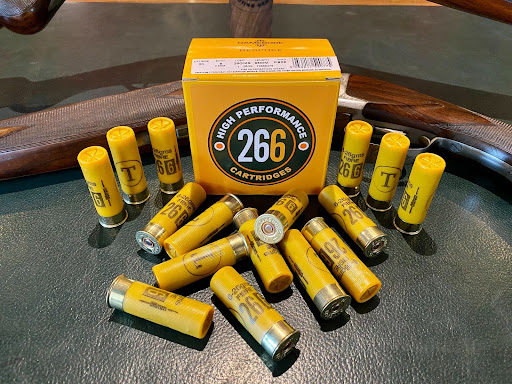
Thimbleby 20ga 26Gram 6
Shotgun Cartridges - A brief History
The shotgun cartridge is a vital component in the development of modern firearms and ammunition, with a fascinating history that dates back centuries. Evolving from basic lead pellets and black powder to today's technologically advanced shells, shotgun cartridges have become highly specialised. This article explores the history and development of the shotgun cartridge, tracking its journey from early experiments to the sophisticated, reliable ammunition we see today.
Early Beginnings of Shotgun Ammunition
The history of shotgun cartridges begins with the invention of firearms. In the early days of gunpowder weaponry, smoothbore muskets were loaded with powder and lead shot, an arrangement similar to what would later become shotgun loads. Early firearms were muzzle-loaded, meaning they were loaded from the open end of the barrel. Users would pour black powder down the barrel, followed by lead pellets or a single ball.
The key to early shotgun ammunition was loose shot: tiny lead balls poured down the barrel that scattered upon firing. This scattering effect was desirable for hunting birds and small game, as it increased the likelihood of hitting a fast-moving target. However, loading was a cumbersome process, and there was no cartridge as we know it today. Instead, the shooter carried a powder flask and a pouch of lead shot, loading each element separately.
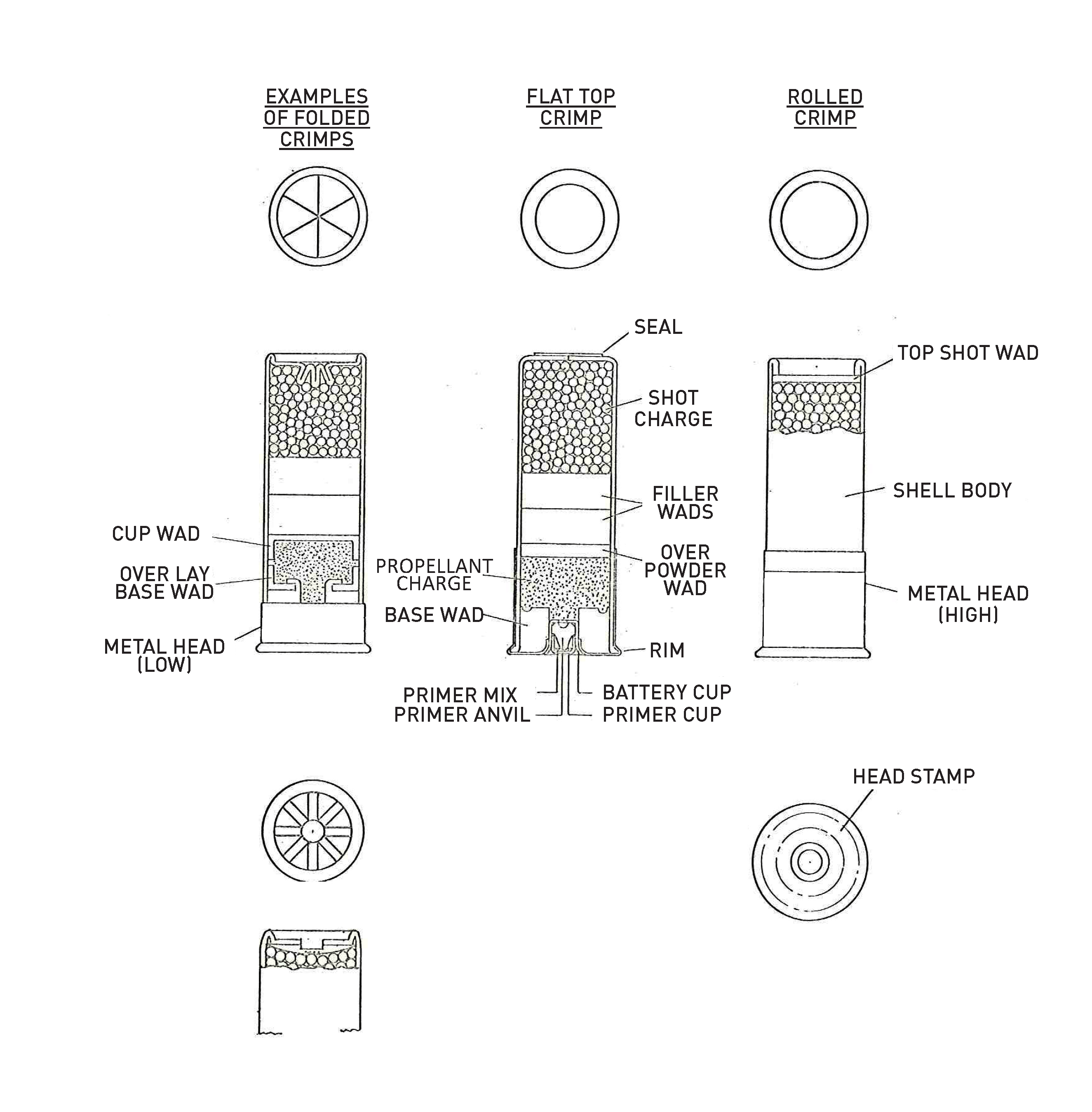
The Emergence of Paper Cartridges
By the 18th century, the firearm community sought ways to simplify the loading process. This era saw the first true "cartridges" created by wrapping gunpowder and a projectile together in a paper package. These early cartridges were still muzzle-loaded and ignited by an external spark, often a flint striking steel, which ignited the powder.
With the advent of paper cartridges, shooting became faster, as users no longer had to carry loose powder and shot separately. The paper held the powder, shot, and wadding in one piece, which increased loading speed and convenience. However, these cartridges were still far from the reliable, all-in-one solution that we know today. They were fragile and often susceptible to moisture, which could cause misfires.

The Advent of Breech-Loading Firearms and the Self-Contained Cartridge
The 19th century brought major technological advancements, including the development of breech-loading firearms, which were loaded from the back end of the barrel rather than the muzzle. This innovation set the stage for modern cartridges, as breech-loading allowed for a fully self-contained cartridge, combining powder, primer, wadding, and shot in one package.
The first self-contained shotgun cartridges appeared around the 1840s and were made of paper, brass, or a combination of the two. Early cartridges had a brass base with a paper body, which was durable enough to hold all the components securely while still beingrelatively easy to produce. The development of the metallic percussion cap in the 1820s enabled cartridges to include a built-in primer, allowing for consistent ignition.
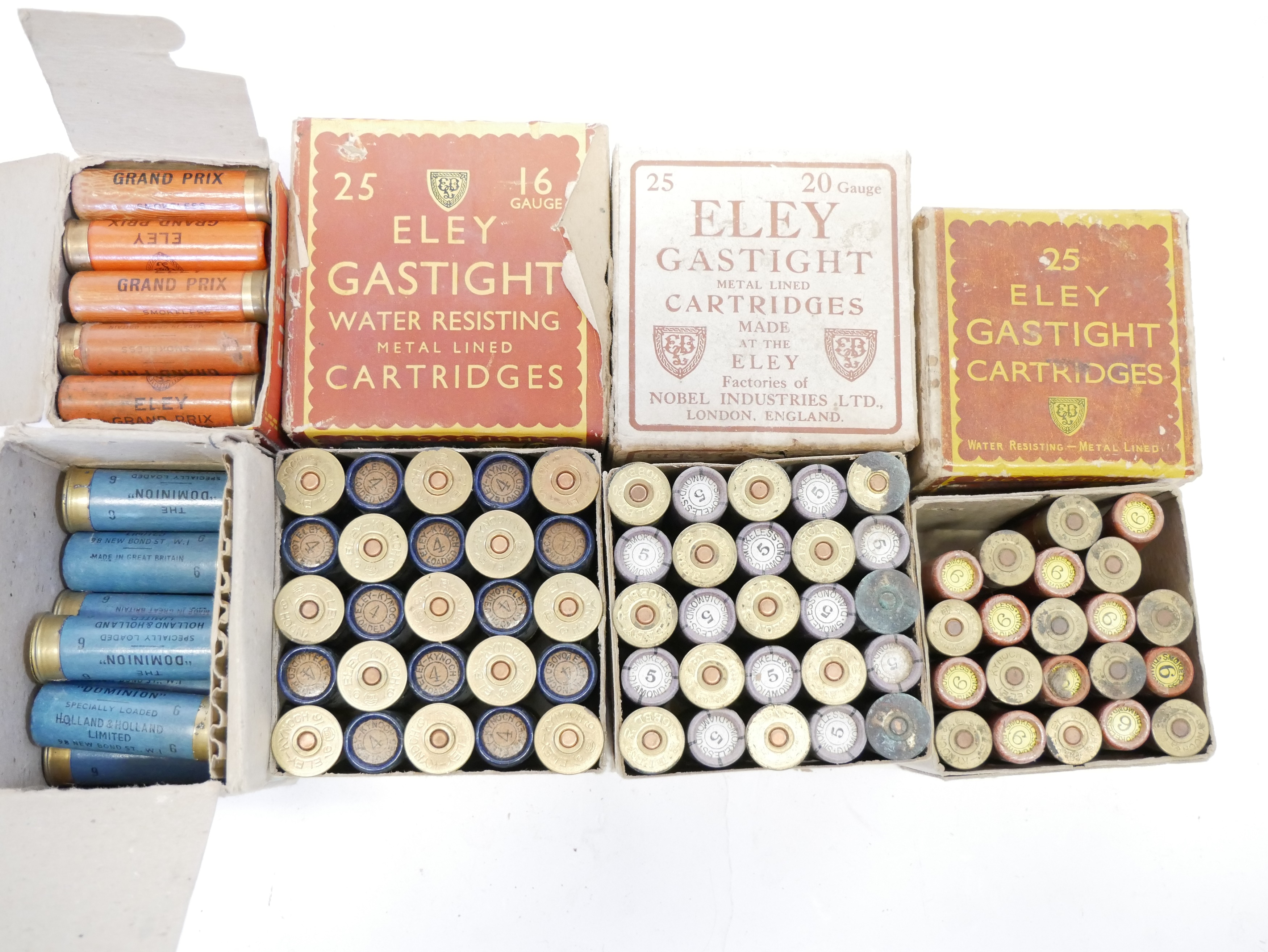
Transition to Modern Shotshells: Paper and Brass Construction
By the late 19th century, shotguns were widely available, and the demand for convenient, reliable ammunition grew. Manufacturers began producing paper shotshells with a brass head, which quickly became the standard design. These cartridges were robust, could be loaded and reloaded, and held up well under various conditions, though they were still susceptible to moisture.
A key component of the modern shotshell also emerged during this period: the wadding. Wadding was placed between the powder and shot to create a seal that improved gas pressure and, consequently, velocity. This design concept remains in use today. Manufacturers experimented with different materials for wads, including cork, felt, and fiber, eventually settling on designs that balanced cost, effectiveness, and ease of production.
The Introduction of Plastic Shotshells
The 1960s marked a new era in shotgun cartridge technology with the introduction of plastic cases. Plastic provided a major advantage over paper, as it was not only moisture-resistant but also more durable. Plastic shells could be reliably loaded and reloaded and provided a more consistent shot pattern due to the uniformity of the material.
The plastic shotshell quickly became the standard. Not only did it offer greater durability, but it also allowed for new designs and innovations in wadding. Plastic wads, for example, were created to improve the seal between powder and shot, leading to increased velocity and consistency. The plastic shell and wad provided a more uniform spread, which was highly desirable for sporting and hunting purposes.
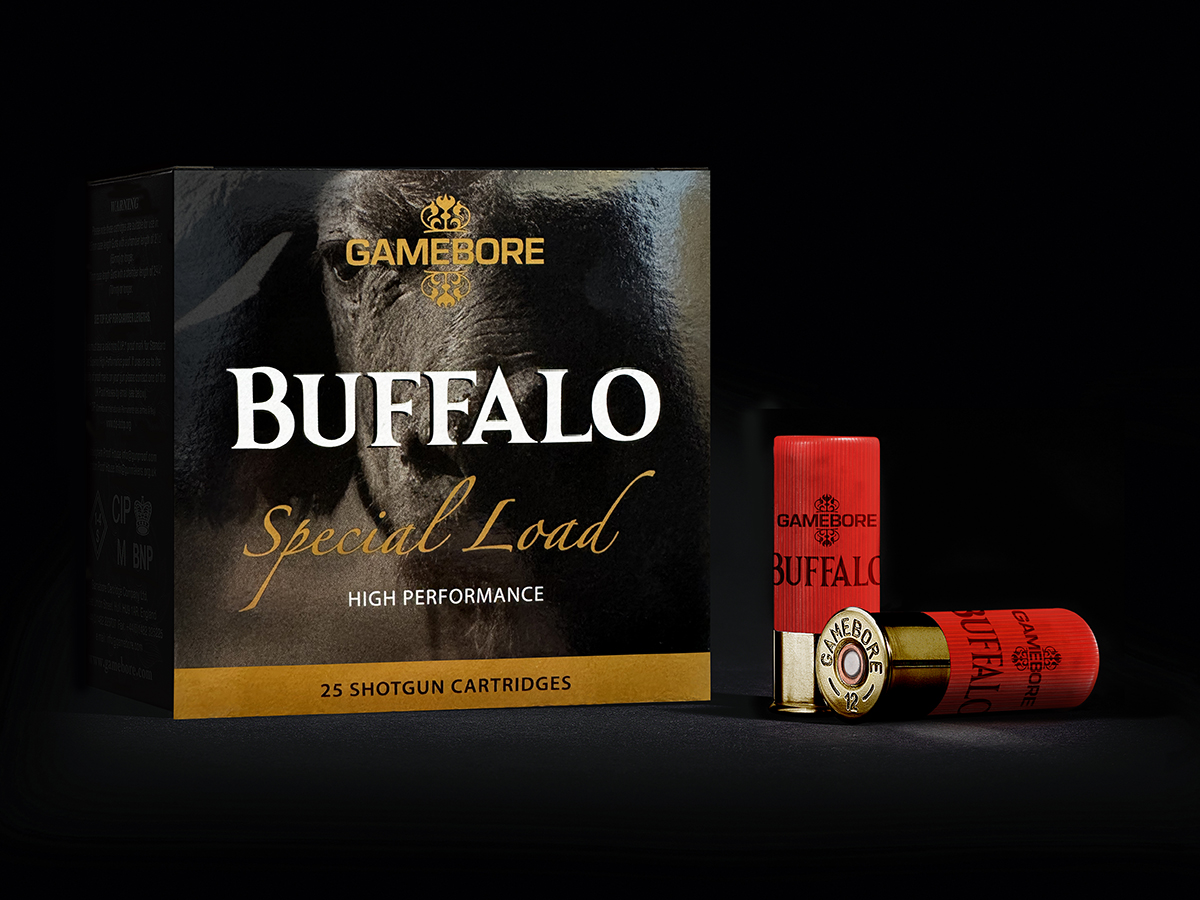
Gamebore Buffalo Special Load
Innovations in Modern Shotgun Cartridges
As technology advanced, so too did the complexity and specialisation of shotgun cartridges. The basic shotshell was no longer enough for the growing market of hunters, sport shooters, and law enforcement personnel. Specialised cartridges with unique characteristics were developed, such as:
Buckshot: Developed for larger game hunting and law enforcement, buckshot cartridges contain larger pellets that retain energy over longer distances. Buckshot allows hunters to take down bigger game, and it has become a staple in police and military shotguns worldwide.
Slug Cartridges: Slug cartridges contain a single large projectile instead of multiple pellets, allowing for a more accurate shot over longer distances. Slugs are popular among hunters for big game and in areas where rifle use is restricted.
Steel Shot and Non-Toxic Alternatives: In the 1990s, environmental concerns led to the regulation of lead shot in certain areas, especially for waterfowl hunting. Lead shot posed a risk to wildlife and water ecosystems, so manufacturers developed alternative materials like steel, bismuth, and tungsten. Steel shot, while less dense than lead, is widely used today in environmentally sensitive areas.
Low-Recoil and Specialty Loads: In recent decades, manufacturers have developed low-recoil cartridges to reduce felt recoil, which is beneficial for youth, elderly shooters, and competitive athletes. Specialty loads, such as rubber shot for crowd control and bean bag rounds for non-lethal law enforcement, have also expanded the applications of shotgun cartridges.
Components of a Modern Shotgun Cartridge
A modern shotgun cartridge, or shotshell, consists of several key components:
Case: Typically made of plastic with a metal base, the case houses all other components.
Primer: Located in the base, the primer ignites the powder charge when struck by the firing pin.
Powder: The propellant, which burns to produce the gas pressure needed to propel the shot down the barrel.
Wad: A plastic or fiber wad separates the powder from the shot and acts as a seal, improving gas pressure and providing uniform shot patterns.
Shot: Small lead, steel, or other metal pellets that spread upon exiting the barrel, designed to hit a target over a larger area.
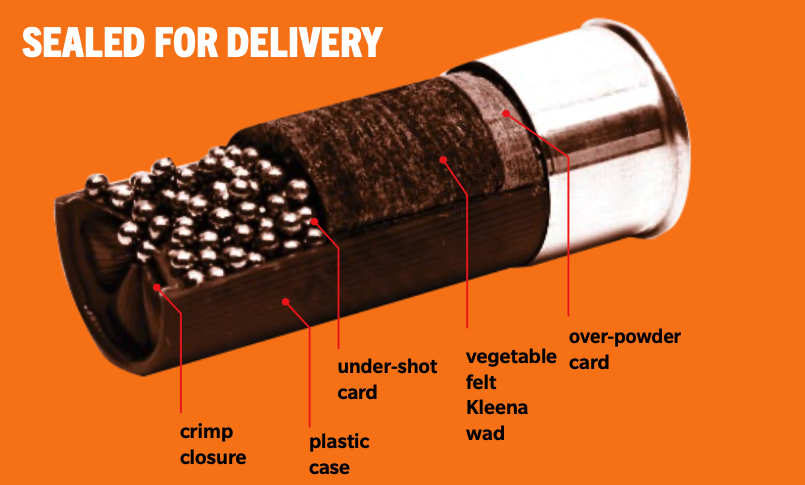
Environmental Concerns and the Future of Shotgun Cartridges
With environmental awareness on the rise, the future of shotgun cartridges is likely to see continued development of non-toxic materials and biodegradable components. Lead shot has been banned in many countries for hunting waterfowl and is being phased out in others due to the toxic effects of lead on wildlife and water sources.
In addition to non-toxic shot, manufacturers are exploring biodegradable plastic cases and wads to reduce environmental impact. Some companies have developed biodegradable wads made from organic materials that break down over time, minimising the environmental footprint of each shot
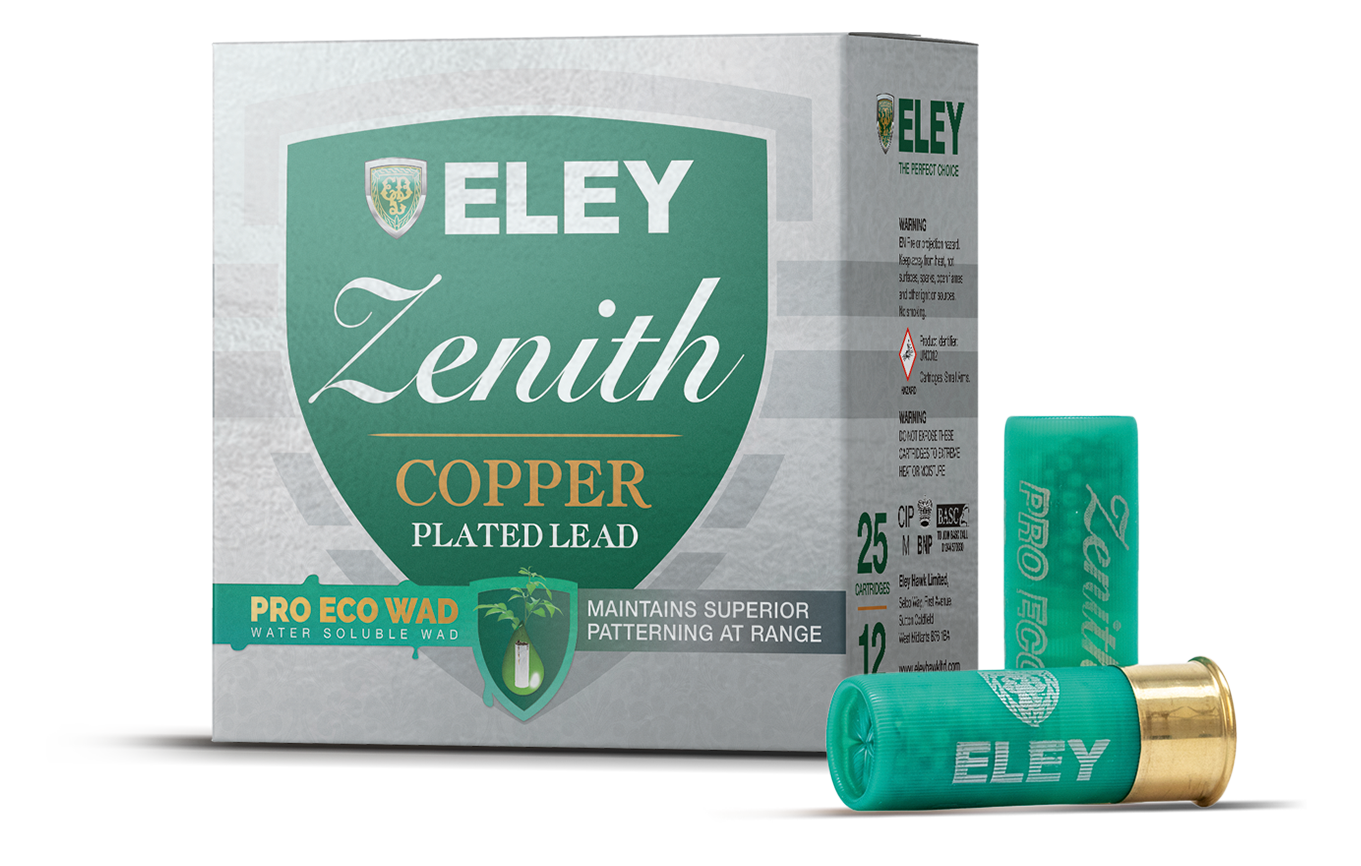
Conclusion
The development of the shotgun cartridge is a story of innovation and adaptation. From humble beginnings with loose lead pellets and black powder, cartridges have evolved into highly specialised ammunition, capable of meeting the diverse needs of modern shooters. Plastic shells, improved wadding, non-toxic shot, and specialised loads have all contributed to making today’s shotgun cartridges more efficient, safer, and environmentally friendly. The continued evolution of shotgun cartridges will likely focus on sustainability while maintaining the reliability and performance that shooters have come to expect.
